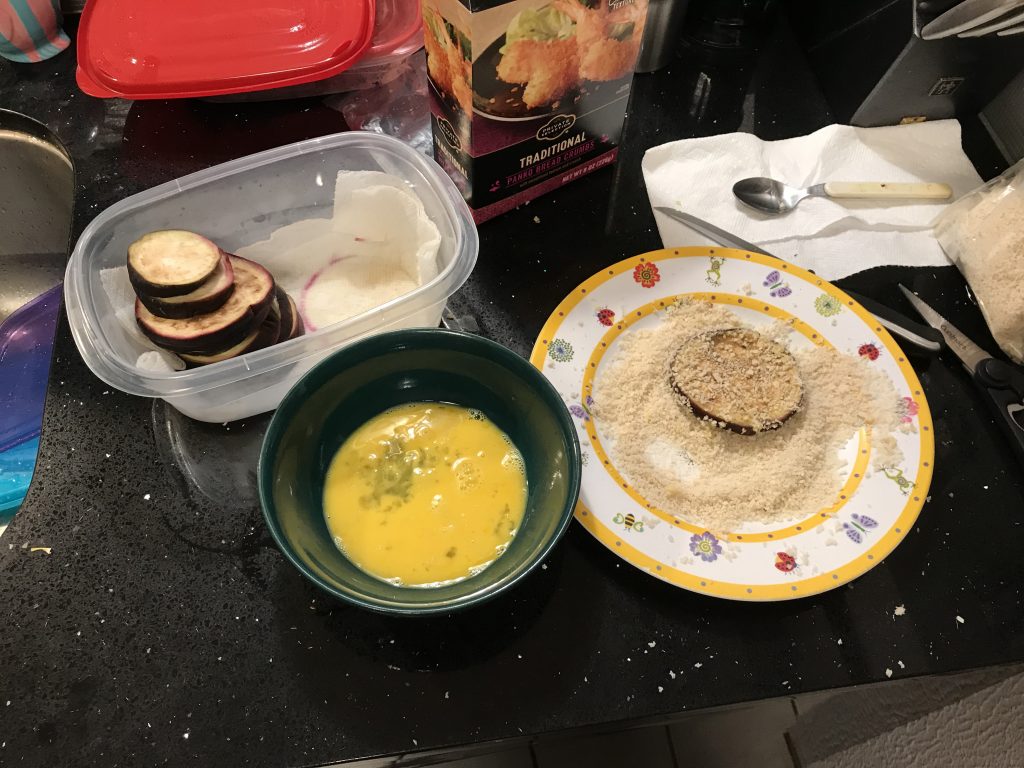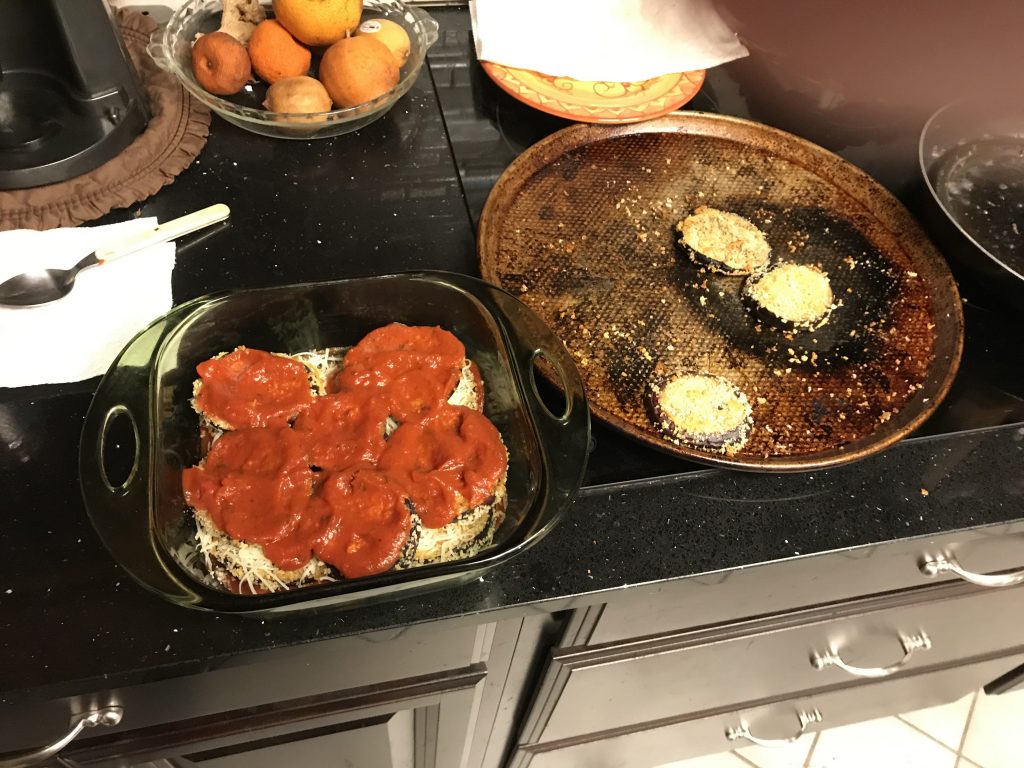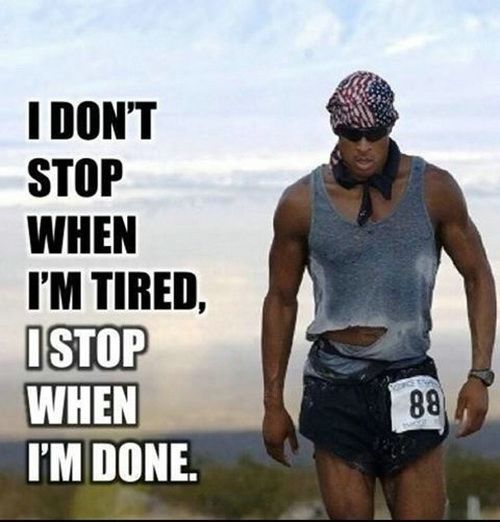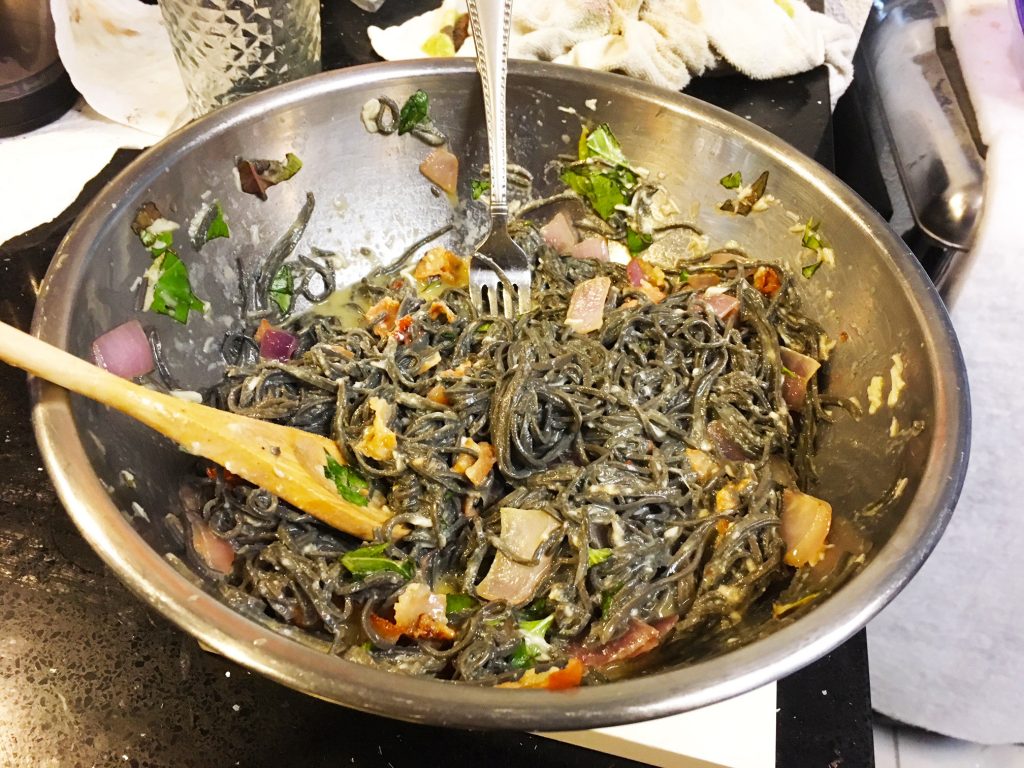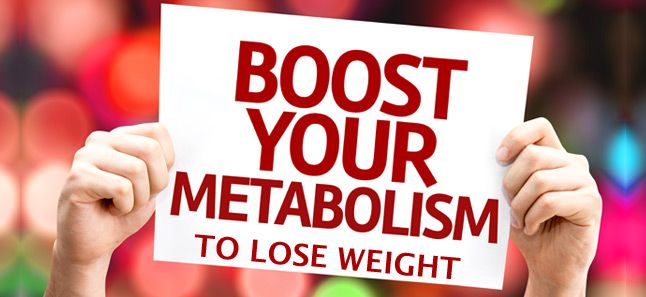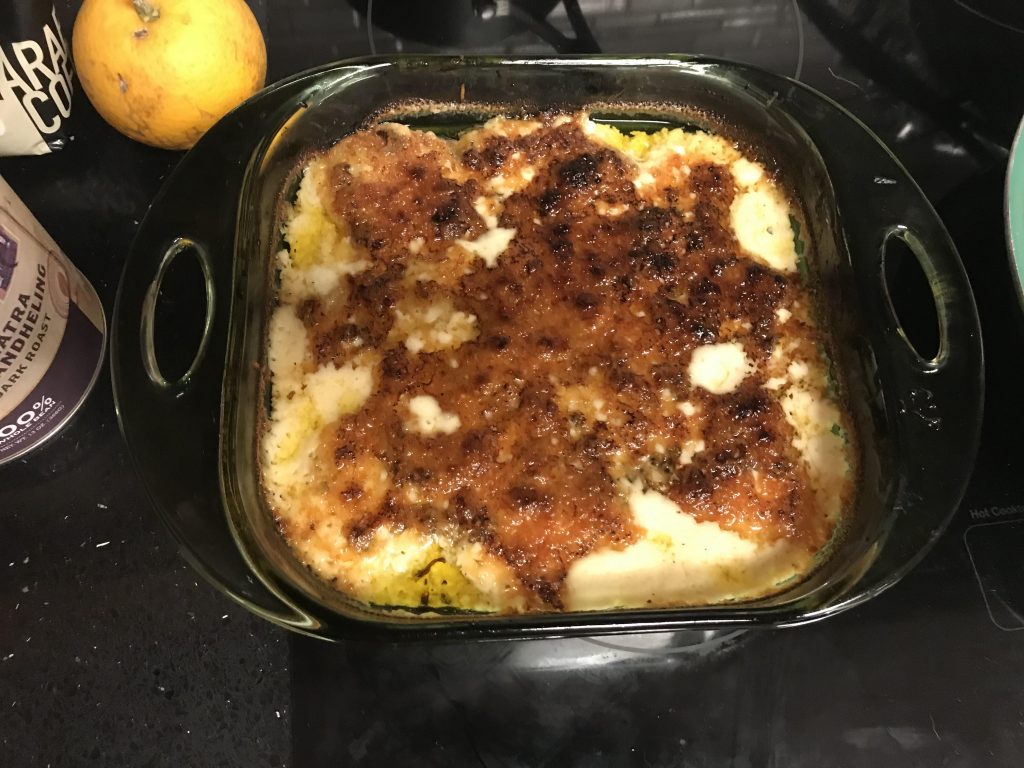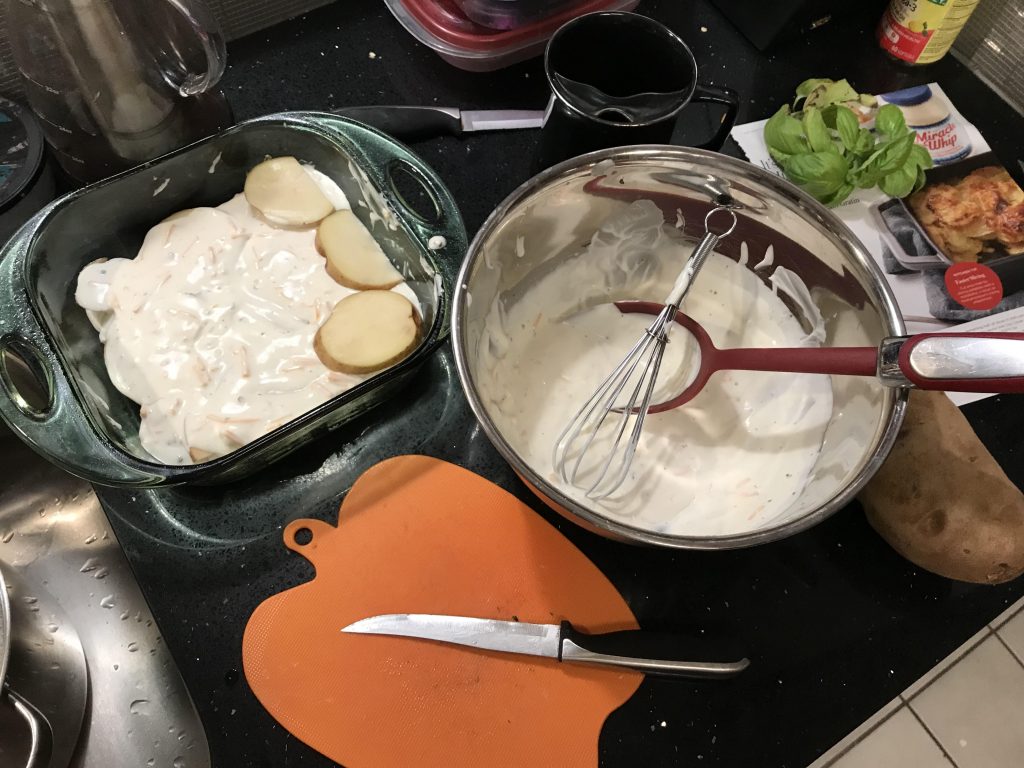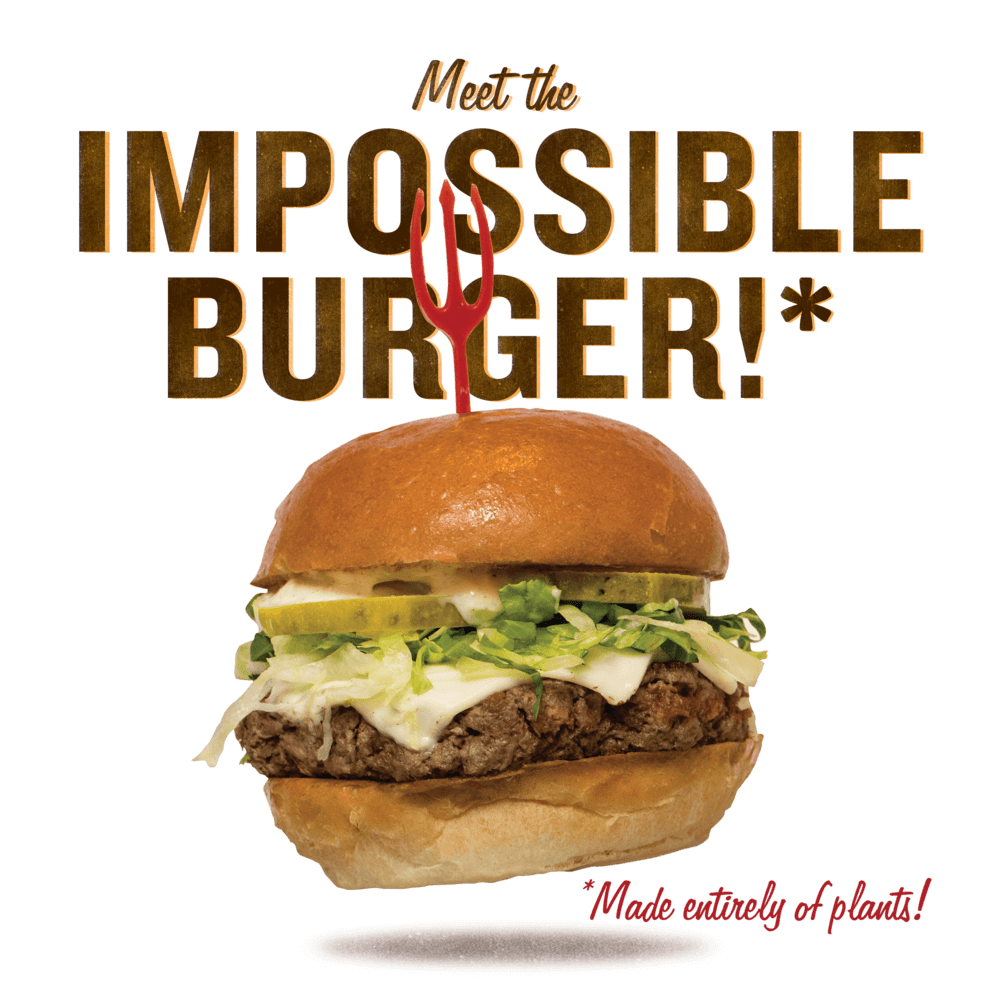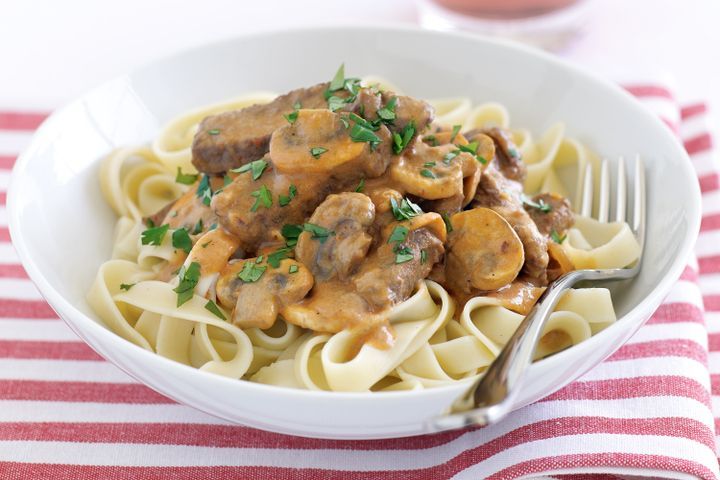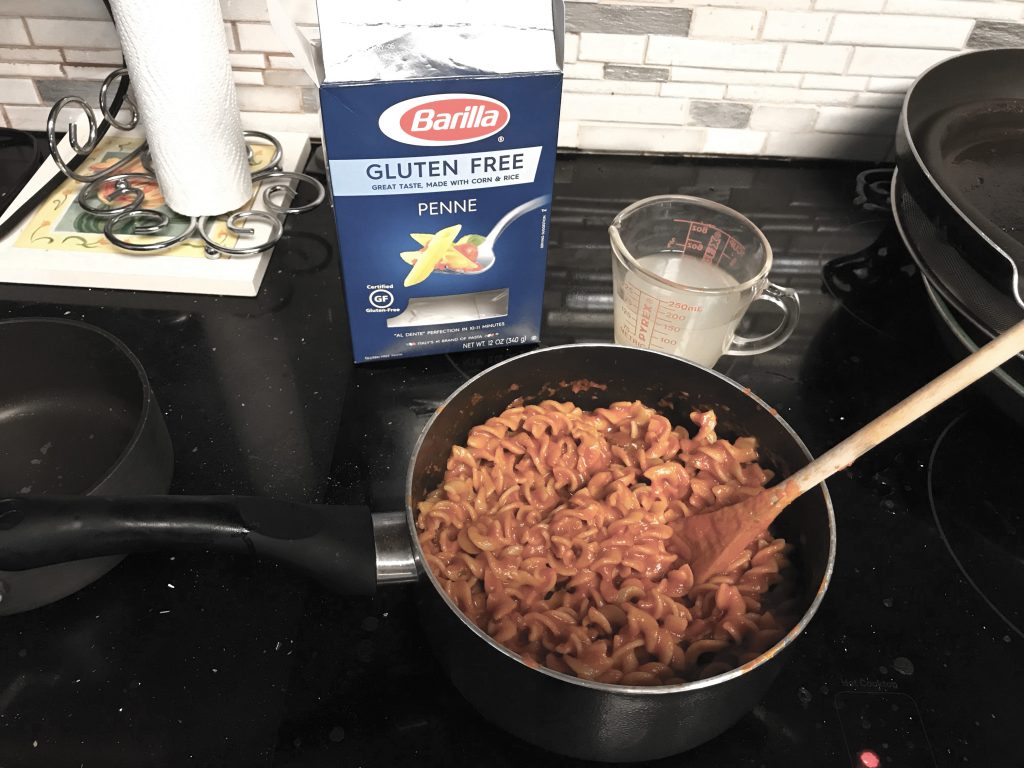Soil Improvement and Water Conservation in Garden and Landscaping
|
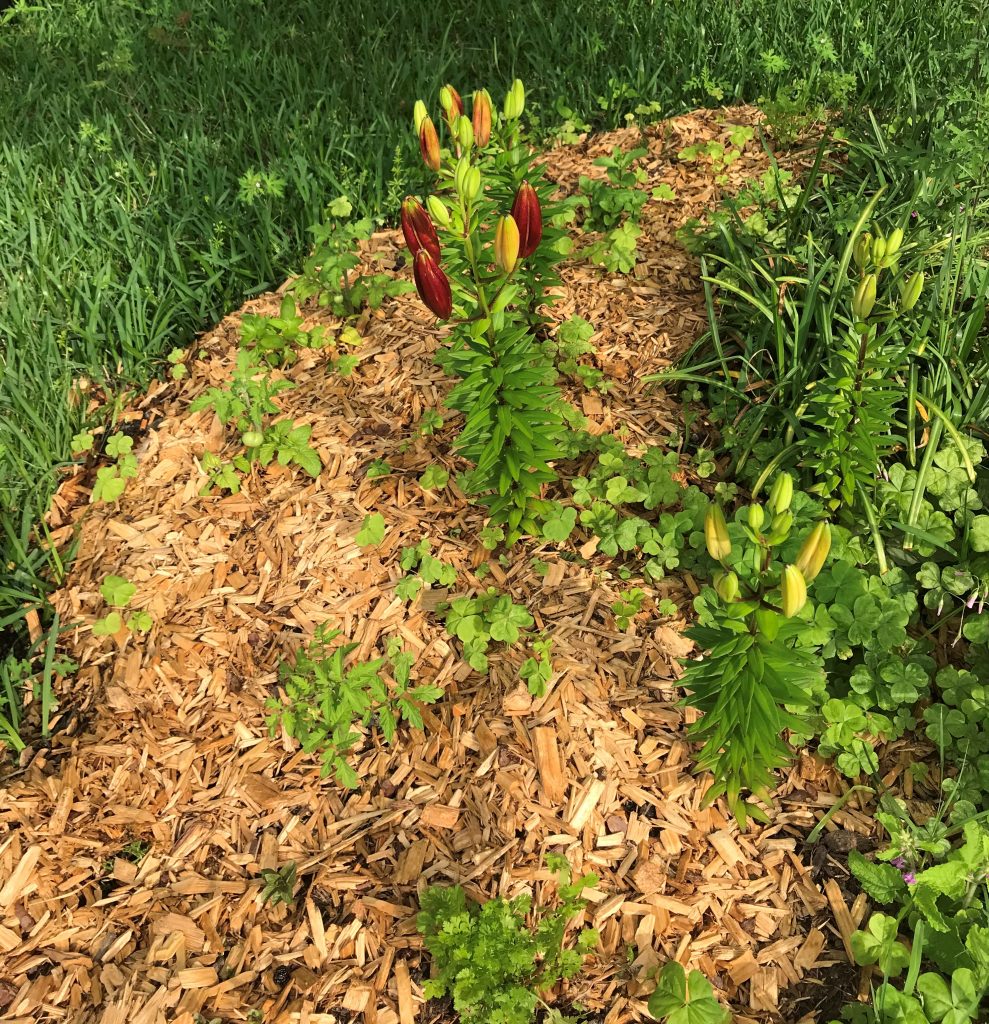
Mulch is an integral part of ornamental and vegetable gardens and landscaping beds. If you think about it, in most cases nature abhors bare soil, and as gardeners so should we. While mulch provides aesthetic qualities, the “under-the-hood” benefits are numerous. During the Coronavirus pandemic everyone has time to improve their garden.
- It conserves water.
- It reduces weeds.
- It keeps the soil surface cooler and that benefits earthworms, microorganisms, and plant roots. Earthworms are essential for many reasons but particularly because they keep your soil aerated when they tunnel, allowing water and fertilizers to enter. Unfortunately, when homeowners put pesticides on their lawn they kill the earthworms. The two things that should go on your lawn are organic fertilizer and beneficial nematodes.
Types of Mulch
- Cypress: When mulch breaks down it feeds your soil. Cypress does not break down well but when shredded properly it will not float off in the rain.
- Recycled plant material: This includes organic material from your own property — leaves, twigs, dead plants, spent buds, bark, flowers, and other plant debris. I’ve even used spent grains from my beer-brewing days!
- Shredded hardwood bark: A very good choice. It breaks down well to feed your soil, looks good, and is readily available. My favorite for mint and basil plants.
- Pine needles: This is often an easy resource if you or a neighbor have pine trees. You will notice that needles make a fine bed in the forest? Same thing for your yard.
- Any kind of dyed mulch: Let me be clear–NO, NO, NO. Yes, your landscaper may be a pusher for this stuff, you might be trying to complement the color of your siding, or your homeowner association might want you to “conform”, but NO. Do you know what chemicals are in the dye? Nope, me neither. Whatever it is they don’t list it on the bag; you do not want it in the veggies you put on the table. Or, getting down into the water table.
- Pine bark: This may be one of the most popular mulches on the market but it is far from the best. It looks great but it tends to float away in heavy rain and turns to mush as it dries. Yuck.
- Shredded rubber: I shouldn’t have to say this but NO, NO, NO! This is for the local high school track, not for your garden.
Other Mulching Gardening Considerations
- Do not use plastic sheets or weed blocking materials. They may take a bit of the workload off you, but they stop the biologic process and cook the roots of your target plants.
- Even if you don’t use cedar as a mulch, shred some on your table saw or with some other tool and add it into your mulch; it will keep many insects at bay in an organic way.
- When you mulch a tree, make a “volcano” not a “plateau”. No need to introduce root rot when trying to help the tree, right?
Knowing the types and benefits of mulch can make it or break it in your gardening plan. It may seem like a minor issue but like other things in life, the devil is in the details. Happy gardening as we have time to do it in pandemic times.

Looking for more great content? Visit our partner sites:
I offer article and blog-writing services. Interested? Hire Me!
Did you find this article helpful? Thanks for supporting this free site with a small donation!
Visit Kelly’s profile on Pinterest.
About the Author:
 Kelly R. Smith is an Air Force veteran and was a commercial carpenter for 20 years before returning to night school at the University of Houston where he earned a Bachelor’s Degree in Computer Science. After working at NASA for a few years, he went on to develop software for the transportation, financial, and energy-trading industries. He has been writing, in one capacity or another, since he could hold a pencil. As a freelance writer now, he specializes in producing articles and blog content for a variety of clients. His personal blog is at I Can Fix Up My Home Blog where he muses on many different topics.
Kelly R. Smith is an Air Force veteran and was a commercial carpenter for 20 years before returning to night school at the University of Houston where he earned a Bachelor’s Degree in Computer Science. After working at NASA for a few years, he went on to develop software for the transportation, financial, and energy-trading industries. He has been writing, in one capacity or another, since he could hold a pencil. As a freelance writer now, he specializes in producing articles and blog content for a variety of clients. His personal blog is at I Can Fix Up My Home Blog where he muses on many different topics.



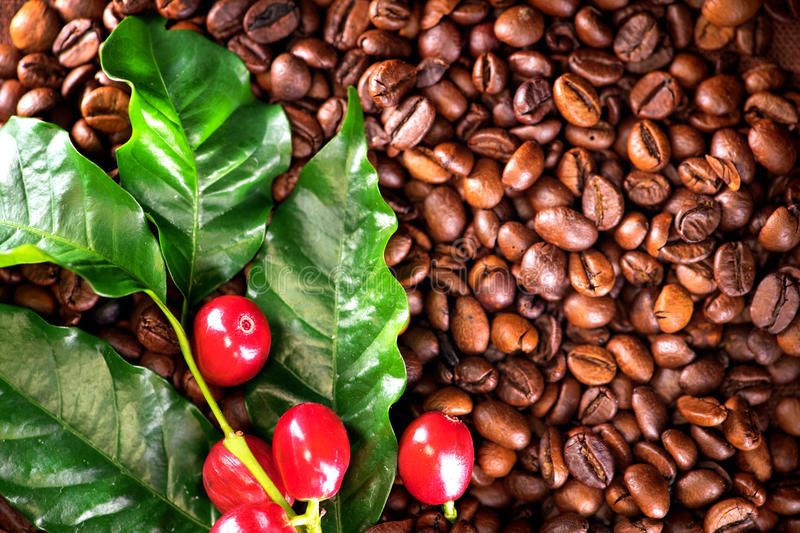
 Kelly R. Smith is an Air Force veteran and was a commercial carpenter for 20 years before returning to night school at the University of Houston where he earned a Bachelor’s Degree in Computer Science. After working at NASA for a few years, he went on to develop software for the transportation, financial, and energy-trading industries. He has been writing, in one capacity or another, since he could hold a pencil. As a freelance writer now, he specializes in producing articles and blog content for a variety of clients. His personal blog is at
Kelly R. Smith is an Air Force veteran and was a commercial carpenter for 20 years before returning to night school at the University of Houston where he earned a Bachelor’s Degree in Computer Science. After working at NASA for a few years, he went on to develop software for the transportation, financial, and energy-trading industries. He has been writing, in one capacity or another, since he could hold a pencil. As a freelance writer now, he specializes in producing articles and blog content for a variety of clients. His personal blog is at 